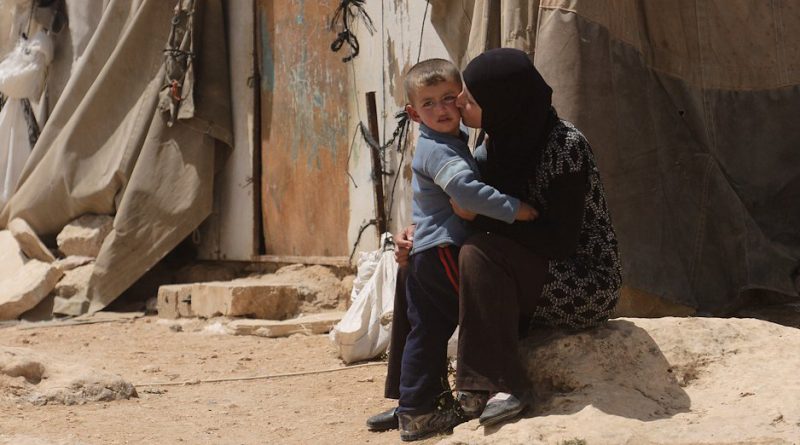Now Reading: SC takes suo moto action, urges Center to Implement Recommendations to Remove Child Porn and Rape Videos from the Internet
-
01
SC takes suo moto action, urges Center to Implement Recommendations to Remove Child Porn and Rape Videos from the Internet
SC takes suo moto action, urges Center to Implement Recommendations to Remove Child Porn and Rape Videos from the Internet
The Division Bench comprising of Justice Madan B. Lokur and UU Lalit, of the apex court, urged the Central government to implement the recommendations formulated by the court-appointed committee to ensure that videos depicting rape, gang rape, and child pornography are not publicized on the internet. The order was passed in a suo moto action which was triggered after it received a letter from NGO-Prajwala to the effect that videos of sexual violence were being circulated on the internet.
The aforementioned committee was formed as a result of an order passed on March 22, 2017, in furtherance of its constitution, to assist and advise the Court on the feasibility of ensuring that videos depicting rape, gang rape and child pornography are restricted from being in active circulation on the internet.
The Committee after extensive deliberations with various stakeholders and experts including representatives of WhatsApp, Facebook, Google, Yahoo, Microsoft etc. submitted a comprehensive report to the court. Many proposals were made during the deliberations and all the parties agreed to certain recommendations based on the proposals made by the committee.
The Court proceeded to set out the proposals. Some of those proposals are:
- The search engines expand the list of keywords, which may possibly be used by a user to search for CP content.
- These keywords should also be in Indian languages and vernacular search.
- These keywords should be expanded to cover RGR content.
- Creating an administrative mechanism for reporting and maintenance of data in India
- Either within the CBI or under the aegis of the MHA, a cell must be set up to deal with these crimes
- A hash bank for RGR content be created (under the charge and control of Ministry of Home Affairs, GoI or through authorities or NGOs authorized by it)
- GoI to formulate specific parameters for identifying RGR content to ensure expeditious identification and removal
- A reporting mechanism must be created at a Central level, preferably with the CBI (in view of their role and special access) to also receive information of any CP/RGR content being circulated in the social media or any other platform over the internet;
- The solution lies in proactively identifying rogue sites by an independent agency which can identify sites that contains CP and RGR content and blocking these sites. To prevent the circulation of subject imagery, Government can block any additional sites/applications if they do not remove such contents of their own. MHA/designated LEA can be empowered to directly order Indian ISPs through DoT
- The Government, through an appropriate agency set up a VPN to receive the NCMEC reports for uploading of CP from India. As conveyed by NCMEC, there were more than one hundred thousand reports belonging to India. Law enforcement agencies should initiate legal action against uploaders.
- User Authentication: Create a mechanism where users who seek to upload an image/video, falling within the subject content, using the pre-identified keywords, are put to a more rigorous verification process which would have them believe that they would be traced
The Court further urged the Centre and all the concerned parties to implement the recommendations at the earliest and submit a report to the court.
“We expect the parties including the Government of India to abide by the recommendations on which there is consensus and to try and implement them at the earliest. We make it clear that any information that is based on or is pursuant to the proposals and recommendations to the Government of India will be kept confidential so as not to reveal the technology used by the participating service providers. The Government of India will prepare a status report on implementation of the recommendations and place it before us in a sealed cover before the next date of hearing”








